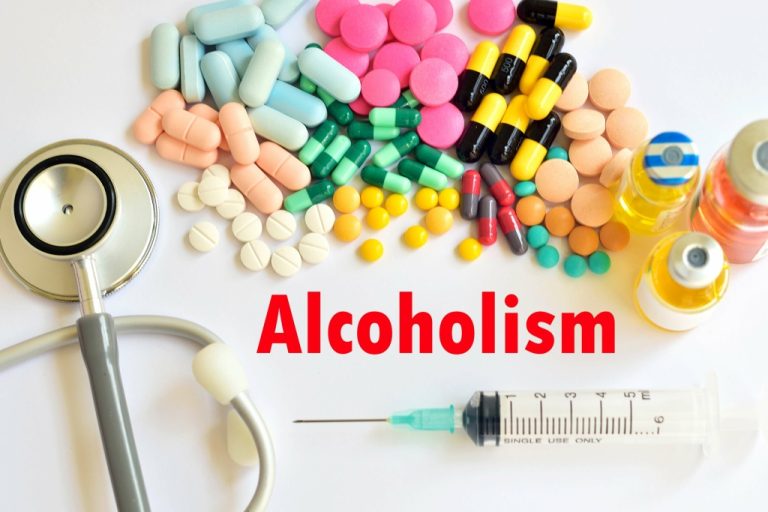Content
The primary rule in all of our sober houses on is that our residents must stay sober. Our sober living residents are simply not allowed to use alcohol or drugs. In some cases, residents cannot even use certain types of mouthwash or cook with certain ingredients (such as wine or vanilla). These items could contain alcohol that may risk relapse or lead to false positives if the resident is ever subjected to a drug or alcohol test.
Can sober people have fun?
Staying away from alcohol or drugs can be tough. However, being sober doesn't mean you have to stop having fun. There are plenty of activities you can do that don't involve substances and can actually be more enjoyable without them.
Although criminal justice referred residents had alcohol and drug use outcomes that were similar to other residents, they had a harder time finding and keeping work and had higher rearrest rates. Areas for further research include testing innovative interventions to improve criminal justice outcomes, such as Motivational Interviewing Case Management (MICM) and examining the community context of SLHs. Recognizing stakeholder views that hinder and support SLHs will be essential if they are to expand to better meet the housing needs of persons suffering from alcohol and drug disorders. A critically important aspect of one’s social network is their living environment. Recognition of the importance of one’s living environment led to a proliferation of inpatient and residential treatment programs during the 1960′ and 70’s (White, 1998). The idea was to remove clients from destructive living environments that encouraged substance use and create new social support systems in treatment.
Risks and Downsides of Sober Living Homes
Different areas use different terminology, but all three describe a sober living environment where residents can expect to share a home with like minded individuals in recovery, free from drugs and alcohol. Massachusetts uses the terms “sober house” to refer to sober living homes, where “recovery residence” refers to what many would call a “half-way house”. Finances can be crucial in determining the best plan for your recovery.
The staff doesn’t provide any clinical or medical services, but many residents attend outpatient treatment or participate in recovery-based groups while they live there. This support system allows residents to avoid the isolation that can sometimes come with returning home while in recovery. It further provides an environment to support recovery from substance abuse and addiction for those who are emerging from rehab. Sober living homes provide a combination of freedom and structure to help the person begin to adjust to life outside of rehab. They are set up specially to serve as transitional housing for people coming out of treatment. It often acts as a bridge between rehabilitation and preparing members to live independently – drug- and alcohol-free.
Recovery Advocacy
Sober house operators are often in recovery themselves, and nearly all sober houses are run by House Managers. Houses are often for-profit organizations, but some are non-profit. By using the narratives of residents, the researchers wanted to explore the experience of being in a sober living house from the perspective of the people in recovery. They interviewed 21 people (from the American Midwest)—so a small study, but the point was to find detail and nuance. Addiction is a complex issue, and recovery is a continuous commitment. Once you’re finished a clinical treatment program, it can be hard for many people to move right back into life, with all its responsibilities and potential triggers.
In many cases, sober living homes connected to a treatment facility will be equipped with support staff and alumni who have walked in similar shoes. These people know what it is like to experience substance addiction, complete a rehab program, and to live sober after treatment. You might be wondering how long most people stay at a substance abuse halfway house or sober living home. After all, the idea isn’t to be there forever; the goal is to get you out into the world on your own terms. Each program will have a different policy when it comes to length of stay. Some will allow you to stay for as long as you’d like, as long as you’re following the rules.
The Ultimate Sober House Guide
Communities and addiction treatment systems should therefore carefully assess the types of recovery housing that might be most helpful to their communities. Sober living homes may accept residents who are new to the rehab process, but most applicants have gone through a program before applying. This makes sense; residents must be able to stay sober in order to live the sober house.

It’s less important to compare yourself to the average and more important to speak to the professionals you’re working with about what’s working for you. If you and your medical professionals agree that you’re still benefiting from the program, then you should be able to continue on without issue. Does it sound like you or a loved one can benefit from a sober living facility? Find out what’s located near you by using the SAMHSA program locator. New York sober houses are certified by the Recovery Houses of Rochester Residences or RHR. Some houses have a “residents’ council,” which functions as a type of government for the house.
Addiction Treatment Mismatches
Residents in sober-living homes commit to abstaining from substance use while participating in outpatient programming or after completing inpatient drug rehab. While a sober living house doesn’t offer individual or group counseling, it offers structure and support to help you maintain your sobriety. Additionally, maintaining your sobriety typically requires a home that is free of substances. Sober living facilities are often thought of as a sober person’s pipeline to life in mainstream society. These are residential facilities that provide structure and support for those healing from addiction.

Since sober living homes are often financially independent, they usually do not accept insurance. Residents’ insurance may, however, help cover addiction https://goodmenproject.com/everyday-life-2/top-5-tips-to-consider-when-choosing-a-sober-house-for-living/ treatments – like therapy. While completing a substance abuse rehab program before moving in may not be required, it can help individuals to stay sober.
Williamsburg House is a sober house in New York that is unique in that it offers full gym and yoga memberships to their sober living residences. This enables an individual to recover both physically and mentally. Sober living residences in New York are structured environments for those under the supervision of professionals. While sober Top 5 Tips to Consider When Choosing a Sober House for Living house rules vary depending on the house, abstinence from drugs and alcohol is essential. Freestanding SLH’s offer a limited amount of structure and no formal treatment services. Thus, they are optimal for residents who are capable of handling a fair amount of autonomy and who can take personal responsibility for their recovery.
- Mutual accountability was “an important driver of behavior” with a sense of responsibility for others being highlighted as key.
- If you’ve struggled to understand the different types of treatment, you’re not alone.
- Some may have had negative experiences in treatment and therefore seek out alternative paths to recovery.
- However, some houses will allow other types of activities that can substitute for 12 step groups, provided they constitute a strategy for maintaining ongoing abstinence.
- This allows individuals in recovery to feel like they are easing back into normal life and can start going back to their daily tasks and responsibilities.